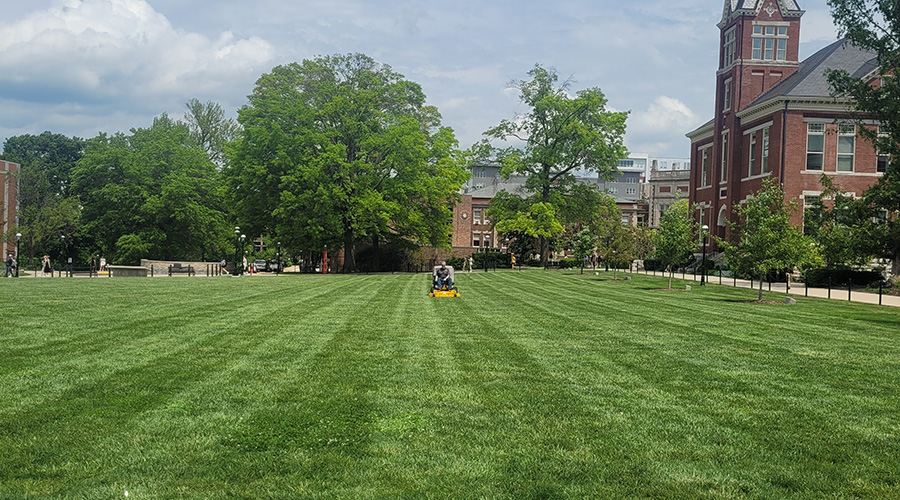Pesticides: Applicators Must Meet EPA Requirements
Facilities earning the certification also must meet a series of requirements on pesticides.
Among the requirements, managers must select and use the least-hazardous pesticide and use it responsibly. When conditions justify pesticide application, workers cannot use space sprays and spray applications of residual-active pesticides on exposed surfaces.
If they use dust formulations, they need to ensure dust will not become airborne, causing potential inhalation. If workers use insecticide baits, they must apply them to greatly reduce potential for exposure — for example, by containing them in a tamper-resistant container designed specifically for holding baits.
Applicators must not use pesticides labeled "Danger" or "Warning." If they use a pesticide exempt from registration by the U.S. Environmental Protection Agency (EPA), it must not exceed criteria for Danger or Warning, meaning it does not present risks such as acute oral, dermal, or inhalation toxicity and skin or eye sensitivity.
Applicators cannot use pesticides with ingredients classified by the EPA, the International Agency for Research on Cancer, or the California Proposition 65 list as known, probable, likely or possible carcinogens. The pesticides also cannot have ingredients classified as reproductive or developmental toxins by the EPA or by the California Proposition 65 list.
Finally, pesticide formulations must be ready to use or pre-mixed — rather than concentrates, which require mixing at the site — before bringing onto facility grounds.
Related Topics:














